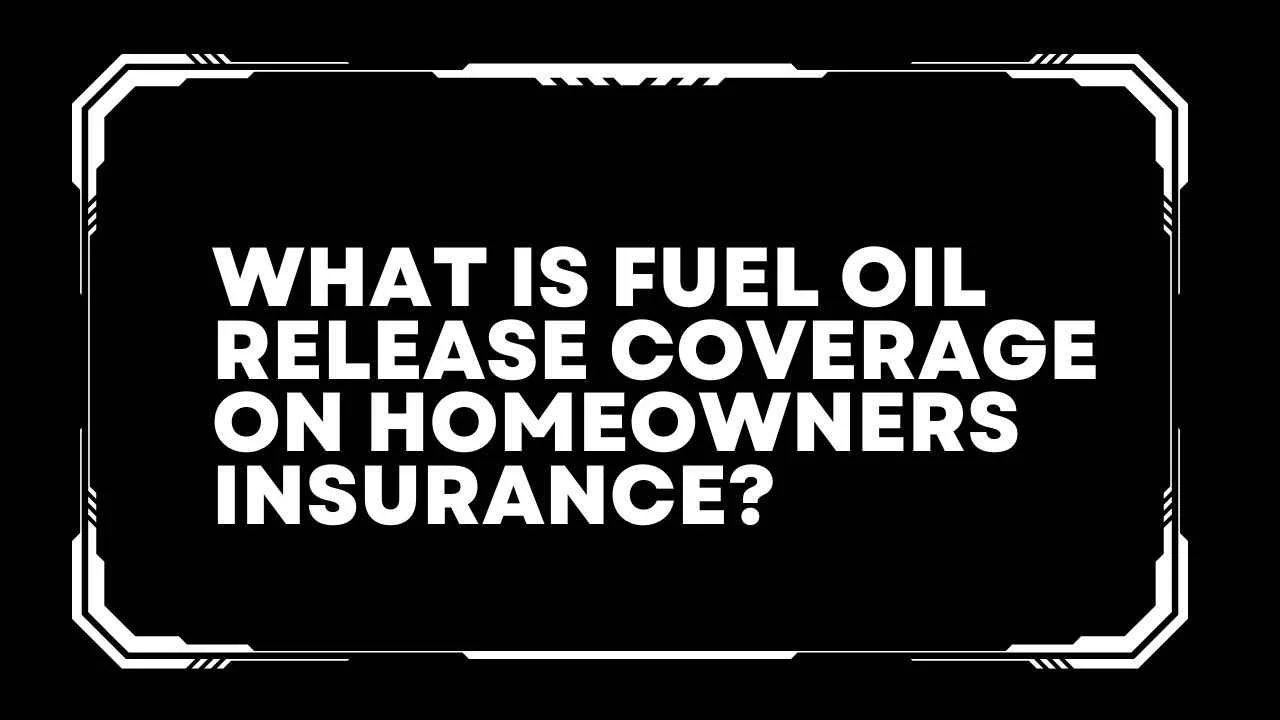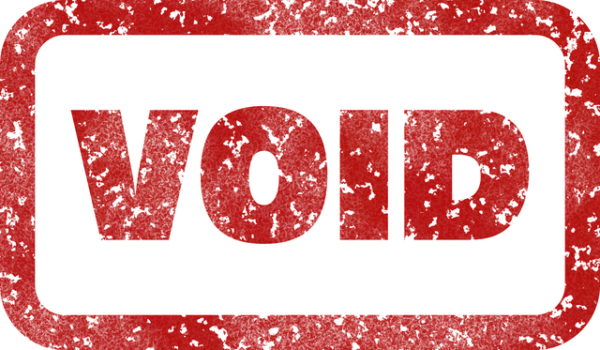Fuel oil is commonly used to heat homes, particularly in colder climates. However, it poses a significant risk when it leaks or spills. Homeowners need to be aware of the potential hazards and financial implications associated with fuel oil releases. This is where Fuel Oil Release Coverage on homeowners insurance comes into play. This article will explain what Fuel Oil Release Coverage is, why it is essential, and how it works. We’ll also address common questions through a comprehensive FAQ section.
What is Fuel Oil Release Coverage on Homeowners Insurance?
Definition and Purpose
Fuel Oil Release Coverage on homeowners insurance is a specific endorsement or add-on to your standard policy. It provides financial protection against damages and clean-up costs associated with the accidental release of fuel oil from storage tanks used to heat your home. This coverage is vital as fuel oil spills can cause significant environmental damage, health risks, and expensive clean-up and repair costs.
How Fuel Oil Release Coverage Works
Coverage Scope: Fuel Oil Release Coverage typically covers the costs associated with cleaning up a fuel oil spill, repairing damage to your property, and addressing any environmental damage caused by the spill.
Policy Limits: The coverage usually has specific limits and may vary depending on the insurance provider. It’s essential to review these limits to ensure they are adequate for potential risks.
Exclusions: Some policies may exclude certain types of spills or damage. For example, spills caused by neglect or poor maintenance of the fuel tank might not be covered.
Why You Need Fuel Oil Release Coverage
High Clean-Up Costs: Cleaning up a fuel oil spill can be expensive, often involving specialized services to remove the oil, decontaminate the area, and dispose of hazardous materials properly.
Property Damage: Fuel oil can seep into the ground and cause significant damage to your home’s foundation, walls, and other structures. This damage can be costly to repair.
Environmental Impact: Fuel oil spills can contaminate soil and groundwater, leading to long-term environmental damage. Addressing these issues can require extensive and costly remediation efforts.
Health Hazards: Exposure to fuel oil can pose serious health risks, including respiratory problems and skin irritation. Proper clean-up is essential to ensure the safety of your household.
The Benefits of Fuel Oil Release Coverage
Financial Protection
Fuel Oil Release Coverage provides financial protection by covering the costs associated with clean-up and repairs, reducing the financial burden on homeowners.
Peace of Mind
Having this coverage ensures peace of mind, knowing that you are protected against the potentially high costs and liabilities associated with fuel oil spills.
Environmental Responsibility
By having coverage, homeowners are more likely to take immediate and appropriate action to clean up spills, thereby minimizing environmental damage and health risks.
Comprehensive Home Protection
Adding Fuel Oil Release Coverage to your homeowners insurance policy enhances the overall protection of your home, ensuring you are covered for a wider range of potential risks.
see also:How Much Should I Pay for House Insurance?
Common Scenarios Where Fuel Oil Release Coverage is Crucial
Accidental Spills
Even with regular maintenance, fuel oil tanks can develop leaks or experience accidental spills. Coverage ensures these incidents are handled promptly and effectively.
Natural Disasters
Natural disasters such as floods, hurricanes, and earthquakes can damage fuel oil tanks, leading to spills. Fuel Oil Release Coverage ensures you are protected in such scenarios.
Aging Equipment
Over time, fuel oil tanks and associated equipment can deteriorate, increasing the risk of leaks and spills. Coverage helps manage the risks associated with aging infrastructure.
FAQs About Fuel Oil Release Coverage
1. What types of fuel oil spills are covered?
Fuel Oil Release Coverage typically covers accidental spills and leaks from storage tanks used to heat your home. However, spills caused by neglect or poor maintenance may not be covered. Always check the specifics of your policy.
2. How much does Fuel Oil Release Coverage cost?
The cost of Fuel Oil Release Coverage varies depending on factors such as your insurance provider, the size and type of your fuel oil tank, and the location of your home. It’s best to get quotes from multiple insurers to find the best rate.
3. How can I prevent fuel oil spills?
Regular maintenance of your fuel oil tank and associated equipment is crucial. This includes inspecting the tank for signs of wear and tear, ensuring proper installation, and scheduling professional inspections and maintenance.
4. What should I do if I have a fuel oil spill?
If you experience a fuel oil spill, it’s essential to act quickly. Contact your insurance provider to report the spill and follow their guidance. You may need to hire a professional clean-up service to address the spill safely and effectively.
5. Is Fuel Oil Release Coverage included in standard homeowners insurance policies?
Fuel Oil Release Coverage is typically not included in standard homeowners insurance policies. It is usually available as an endorsement or add-on. Check with your insurance provider to see if this coverage is available and how to add it to your policy.
6. Can I add Fuel Oil Release Coverage to my existing policy?
In most cases, you can add Fuel Oil Release Coverage to your existing homeowners insurance policy. Contact your insurance provider to discuss your options and any additional costs involved.
Conclusion
Fuel Oil Release Coverage is a crucial aspect of homeowners insurance for those who use fuel oil to heat their homes. It provides essential financial protection against the high costs associated with fuel oil spills, including clean-up, property damage, and environmental remediation. By understanding the importance of this coverage and how it works, homeowners can make informed decisions to protect their property and their financial well-being. Always consult with your insurance provider to tailor your coverage to your specific needs and ensure you have adequate protection in place.





















